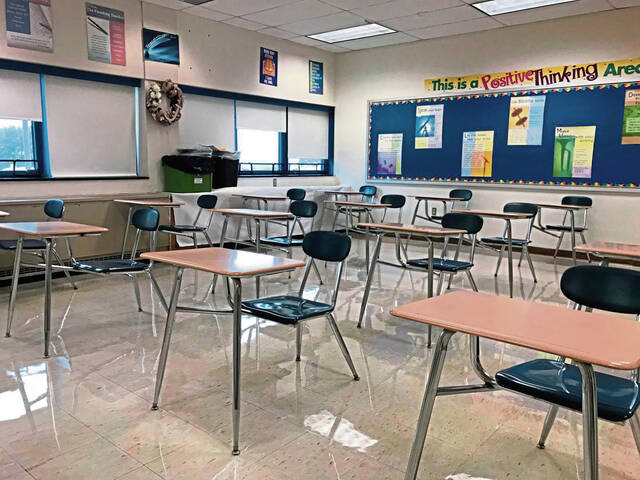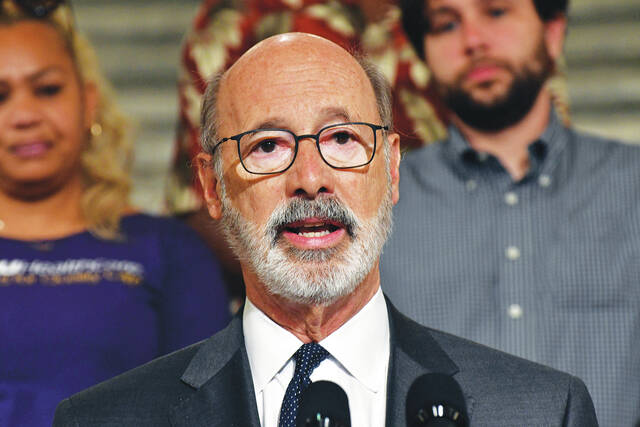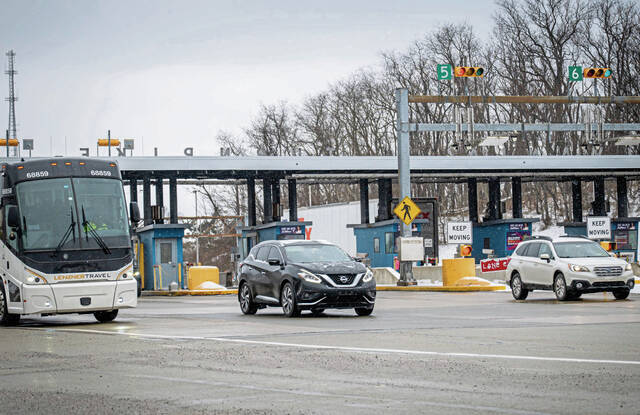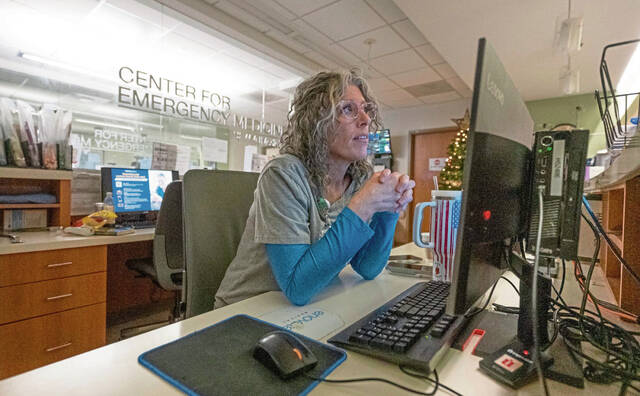Allegheny and Westmoreland school districts anticipate a boost in funding this year after legislators gave their stamp of approval to $8.5 billion for K-12 public education.
The Keystone State will provide more than $7.3 billion in basic education and level-up funds — a roughly 11.4% increase from the 2021-22 allocation. Districts also will receive more than $1.2 billion in special education funding.
Of the basic education and level-up money, Allegheny County school districts will see more than $550 million and Westmoreland districts will receive over $200 million.
In special education funding, Allegheny and Westmoreland schools can expect more than $117 million and $35 million, respectively.
District leaders and education advocates are encouraged by the monetary support from legislators.
“When we look at basic and special education funding, we will receive more than $2 million beyond what we expected,” Penn Hills Superintendent Nancy Hines said. “That’s really positive for us.”
Breaking down funds
While state districts will see an average 11.4% rise in funds, an individual district’s increase will vary, according to Fritz Fekete, regional advocacy coordinator for the Pennsylvania State Education Association’s Southwestern office.
Allegheny and Westmoreland districts’ average fund increases are below that 11.4% mark. Allegheny districts’ basic education and level-up funds climbed about 9.4%, and Westmoreland’s grew about 6.4%.
Estimated funding for all Pa. districts can be viewed here.
Every year, the state provides basic education and special education funding to each district. Additionally, the 100 districts that lawmakers determine to have the greatest need and fewest resources receive money through the level-up fund, which aims to “level the playing field” for districts.
In Allegheny and Westmoreland counties, the following districts anticipate level-up support in 2022-23:
• Clairton City
• Duquesne City
• East Allegheny
• Greensburg Salem
• Jeannette City
• McKeesport Area
• New Kensington-Arnold
• South Allegheny
• Steel Valley
• Sto-Rox
• West Mifflin Area
• Wilkinsburg Borough
• Woodland Hills
School safety priorities
As school security and mental health concerns are at the forefront of education conversations and headlines, the state upped its support in these areas.
The 2022-23 budget allocates an additional $100 million for school safety grants and $100 million for student mental health support.
Hempfield Area Superintendent Tammy Wolicki said her district “did not anticipate” the increased funding in these areas.
“We have needs in both regards and await the criteria for use so that we may plan accordingly,” Wolicki said via email.
Hines expressed hope that these funds will further local districts’ goals to maintain a safe climate for students, prioritize mental health and help students succeed academically.
“We are learning through research in our district and beyond that we have to tap into what’s going on with our kids,” she said. “We need to have resources in place so we can recognize when a child is feeling disconnected so we can get the proper resources to that child.”
An April study from the National Center for Education Statistics found that seven in 10 public schools have seen a rise in students seeking mental health services since the beginning of the pandemic.
John Callahan, the chief advocacy officer for the Pennsylvania School Boards Association, said student mental health concerns were on the minds of many educators as lawmakers ironed out the budget.
PSBA was pushing for $60 million in funds for student mental health support; Pennsylvania exceeded expectations by more than 66%.
“Schools were asking for (increased mental health support), and in partnership with the legislators, we were able to deliver it,” Callahan said.
Wolf touts funding
A news release from Gov. Tom Wolf’s office said the governor “cemented his legacy” by increasing state education funding by over $3.7 billion since he took office in 2015.
Fekete and Callahan applauded the growth in funding, but both believe there is more work to be done. Fekete pointed out that districts will receive half of what Wolf initially proposed in 2022-23.
“I would characterize our viewpoint as being excited that a budget has been reached and grateful for the funding increase,” Fekete said. “However, we wish that the Legislature would have applied more of the available funds (to public education funding).”
Someday, Callahan would like to see Pennsylvania participate in half of districts’ expenses — though he acknowledged “that’s a tall order.”
Callahan said funding dollars “don’t always go directly into the classroom.” Right now, he said, the majority of districts’ funds are spent on pensions, special education and charter school tuition.
“When you’ve got those bills that pretty much encompass 80% of your budget, in many cases, that’s where a lot of our financial stress is coming from,” Callahan said.











